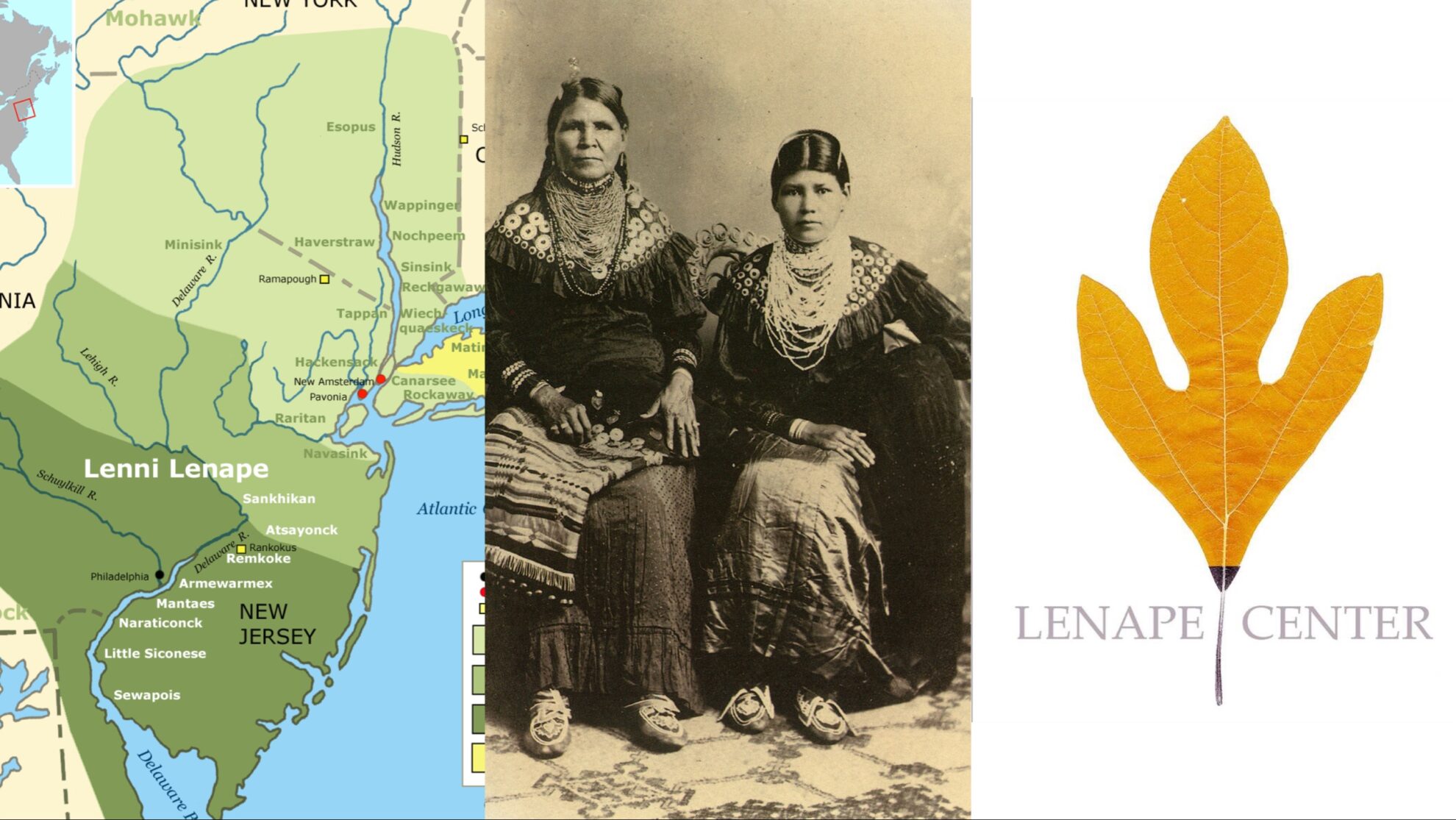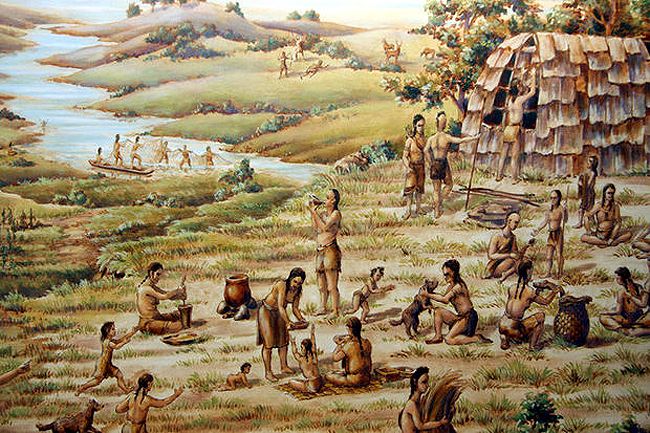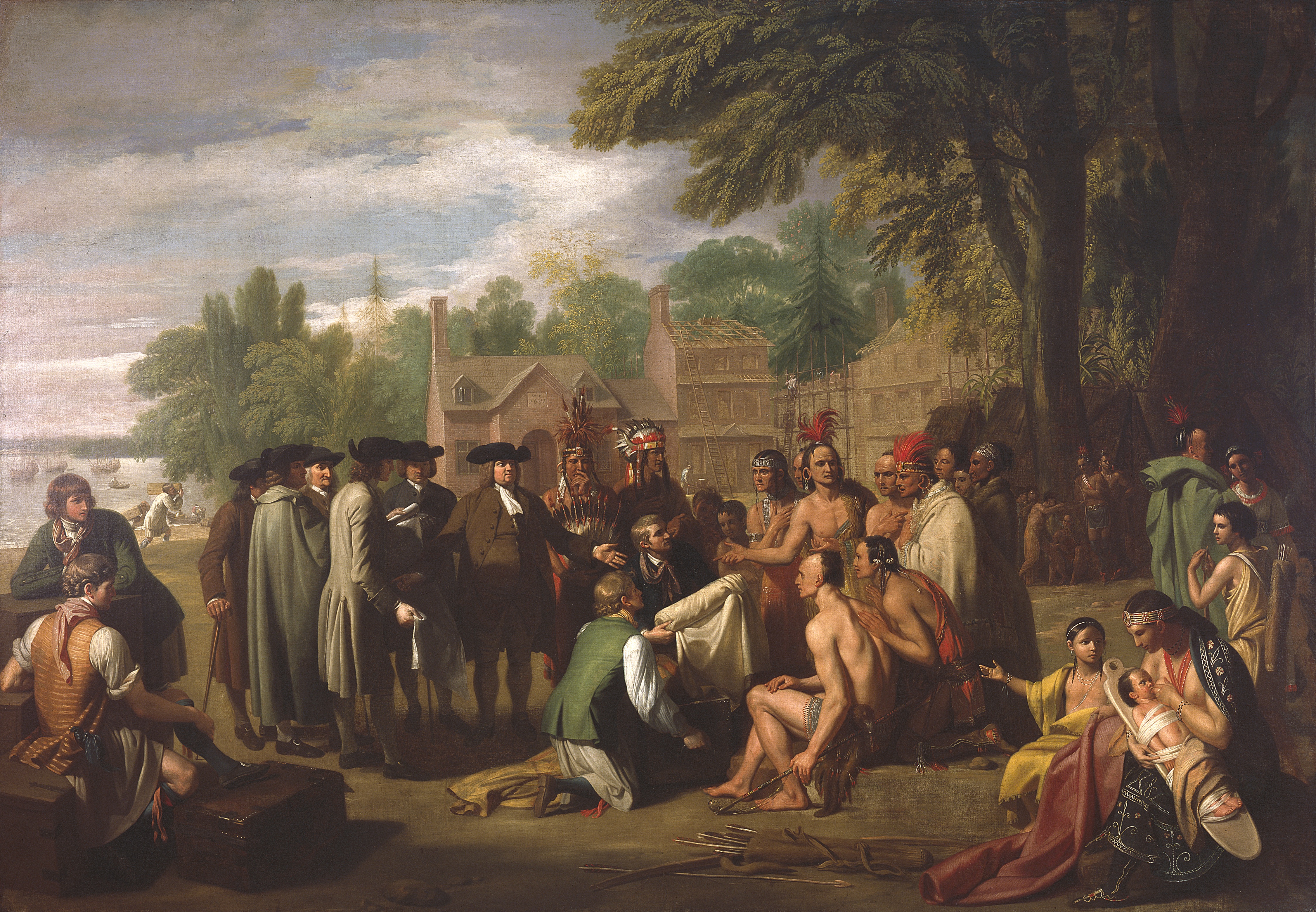
The Lenape Creation Story: Original Caretakers of Manhattan and the Delaware Valley
Long before the iconic skyscrapers pierced the sky of Manhattan or the fertile plains of the Delaware Valley were tilled by European settlers, this vibrant land, known to its first people as Lenapehoking, was home to the Lenape. Their presence here was not merely geographical; it was deeply spiritual, rooted in a profound understanding of creation and their designated role as caretakers. To truly grasp the essence of the Lenape and their enduring connection to this land, one must look to their sacred creation story—a narrative far more than a myth, serving as a foundational blueprint for their identity, societal structure, and stewardship of the natural world.
The Lenape creation story, like many indigenous narratives, is an oral tradition, rich in nuance and varying slightly across different bands and generations. Yet, its core tenets remain steadfast, painting a vivid picture of a world brought forth from a primordial void by a benevolent, all-powerful Creator. This Creator, often referred to as Kishêlëmukong (the Great Spirit or Creator of All), first conceived of a Sky World—a realm of peace, light, and perfect harmony, where spirit beings resided.
In some versions, a pregnant woman, sometimes called Sky Woman or Granddaughter of the Moon, lived in this celestial realm. She was a being of immense spiritual power, embodying the sacred feminine principle that would later be reflected in the Lenape’s matrilineal society. It was through an act of curiosity or a breach of sacred law that she fell from the Sky World, plummeting towards a vast, watery expanse below. This descent, far from being a tragedy, marked the genesis of the physical world as we know it.
As she fell, the animals of the water world looked up, witnessing her perilous descent. Moved by compassion and a spirit of communal assistance, they convened. The Great Turtle, a venerable and wise creature, offered his broad back as a temporary landing place for the Sky Woman, thus beginning the formation of what would become known as Turtle Island—a common motif across many indigenous creation stories of North America. The other animals then dove deep into the primordial waters, attempting to retrieve earth from the bottom. Many failed, but finally, a brave and persistent muskrat (or sometimes a beaver or otter) succeeded, bringing up a mouthful of mud.
This small offering of earth was placed upon the Great Turtle’s back. With the assistance of the Creator and the Sky Woman’s own spiritual power, the earth began to expand, growing into the vast landmasses, mountains, rivers, and forests of the world. This narrative element highlights a critical Lenape value: the interconnectedness of all life and the vital role of even the smallest creatures in the grand scheme of creation. It underscores a philosophy of humility and mutual respect, where humanity is not superior but an integral part of a complex, living system.

With the land formed, Kishêlëmukong continued the act of creation, populating the earth with an astonishing diversity of plant and animal life. Trees, vibrant and life-giving, emerged, and from them, or sometimes directly from the earth itself, came the first human beings—the Lenape. These first people were not born into a vacuum but into a world already teeming with life, infused with the Creator’s spirit. They were given not just life, but also instructions: how to live in harmony, how to recognize the sacredness in all things, and how to be responsible stewards of the bountiful land provided to them.
This concept of stewardship is central to the Lenape worldview, directly stemming from their creation story. The Lenape did not "own" land in the European sense; they were entrusted with its care. Their relationship with Lenapehoking was one of reciprocal respect, akin to a familial bond. "We are part of the land, and the land is part of us," is a sentiment deeply embedded in their cultural memory. Every plant, every animal, every river, and every stone held a spirit and contributed to the collective well-being. Their existence was a continuous act of gratitude and reciprocity, ensuring that what was taken from the earth was balanced by offerings and respectful practices, preserving the balance established by Kishêlëmukong.
The creation story also informed the Lenape’s societal structure. Their matrilineal system, where lineage and inheritance were traced through the mother’s line, reflected the reverence for the Sky Woman and the life-giving essence of Mother Earth. Women held significant power and influence within the community, playing crucial roles in decision-making, agriculture, and the preservation of cultural knowledge. The clans, such as the Turtle, Wolf, and Turkey, were not merely social divisions but spiritual affiliations, each connected to specific aspects of the creation narrative and embodying distinct virtues and responsibilities within the larger community.
Lenapehoking itself was a landscape imbued with the sacred narrative. The rivers—the Delaware (which the Lenape called "Lenapewihittuck," meaning "River of the Lenape") and the Hudson—were the arteries of their world, providing sustenance and pathways. Manhattan, known to the Lenape as "Mannahatta," meaning "island of many hills" or "hilly island," was a rich hunting and fishing ground, its abundant resources carefully managed through seasonal migration and sustainable practices. The forests provided shelter, food, medicine, and materials for tools and homes, all understood as gifts from the Creator, to be used wisely and never squandered.
The oral tradition, through which the creation story and other foundational narratives were passed down, was meticulously maintained. Elders, revered for their wisdom, were the living libraries, ensuring the stories’ integrity and relevance for each new generation. Wampum belts, intricately woven with shell beads, served as mnemonic devices and sacred documents, recording treaties, histories, and ceremonial knowledge, reinforcing the teachings embedded in the creation narrative. These belts were not merely currency; they were living records of agreements and stories, underscoring the gravity and permanence of their cultural heritage.
The arrival of European colonizers shattered the ancient harmony of Lenapehoking. The Europeans brought with them a radically different worldview—one of land ownership, exploitation, and dominion over nature. The concept of "buying" land was alien to the Lenape, who understood themselves as caretakers, not possessors. What the Europeans saw as empty wilderness, ripe for development, the Lenape saw as a sacred, living entity, a gift from Kishêlëmukong, their home, and their responsibility.
This clash of worldviews led to devastating consequences: disease, displacement, broken treaties, and the systematic erosion of Lenape culture and land base. Yet, despite centuries of hardship, the Lenape people have endured. Their creation story, passed down through generations, often in secret, became a powerful source of resilience and identity. It served as a reminder of who they were, where they came from, and their sacred connection to the land, even when forcibly removed from it.
Today, the Lenape continue to advocate for their ancestral lands and cultural heritage. Their creation story remains a living text, guiding their efforts in environmental stewardship, cultural revitalization, and the education of both their own youth and the wider public. It offers a powerful counter-narrative to the dominant historical accounts, reminding us that the foundations of places like Manhattan and the Delaware Valley are not rooted in colonial expansion, but in the deep, abiding spiritual connection of its original caretakers.
The Lenape creation story is not just an ancient tale; it is a profound lesson for contemporary society. In an era grappling with climate change, ecological degradation, and a disconnect from the natural world, the Lenape’s teachings of interconnectedness, reciprocity, and responsible stewardship resonate with urgent relevance. It calls us to remember that we are not separate from nature, but an integral part of it, and that our future depends on honoring the sacred trust bestowed upon us, just as the Lenape have done for millennia. By listening to the echoes of their creation story, we are invited to look beyond the concrete and glass, to remember the Turtle’s back, the Sky Woman’s descent, and the enduring spirit of the original caretakers of Lenapehoking.



